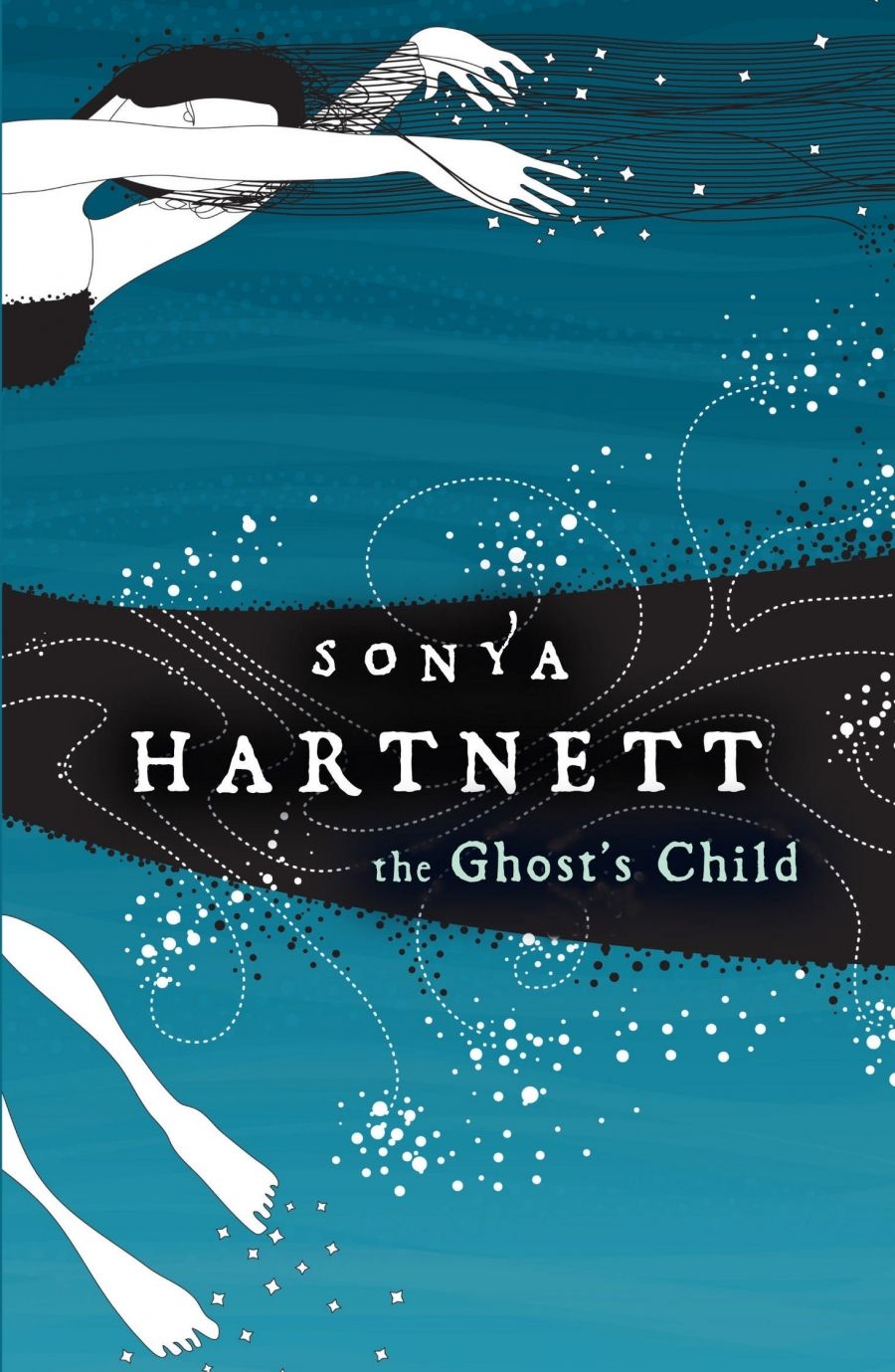
- Free Article: No
- Contents Category: Fiction
- Review Article: Yes
- Article Title: Ghost roads, ghost lives
- Online Only: No
- Custom Highlight Text:
The style of Sonya Hartnett’s storytelling has changed considerably since she published Trouble All the Way (1984) at the age of fifteen: her finely groomed prose is much tighter than it was then. Her tales brim with nuance and, though straightforward, are disarmingly sophisticated; her weighty symbolism, saturating the most desiccated of landscapes, is one of the finest in our national literature. In an attempt to catalogue her original voice, Hartnett has often been classified as a children’s or young adult fiction writer, categories that she has resisted, often vehemently, for many years. Although her novels continue to adopt child and teenage perspectives, her literary preoccupations span all ages.
- Book 1 Title: The Ghost's Child
- Book 1 Biblio: Viking, $24.95 hb, 178 pp
- Book 1 Readings Link: booktopia.kh4ffx.net/qnvxNb
Part fable, part love story, The Ghost’s Child begins with an encounter one evening between the elderly Matilda and a boy whom she unexpectedly discovers in her living room. When he inauspiciously declares ‘I have bad news for you’, Matilda’s reaction is rather philosophical; she is old, after all, and knows that bad news is part of life. Intrigued and amused by the boy (‘Everything that’s young is troubled by what is old,’ she sagely reflects), she is overwhelmed by memories of childhood, when she had spent much of her time ‘burrowed away from the world that perplexed her’, isolated by her own eccentricity. In this episode, Maddy (as she was then known) is distant from her prickly mother, whose provincialism is as stifling as it is droll. Warily, Maddy turns to her father who, while occasionally kind and encouraging, more often assumes the doppelgänger of ‘the iron man’, gruff and indifferent towards his only child.
It is while wandering along the beach one afternoon that Maddy first encounters Feather, a wild, ethereal boy with sun-browned skin, hair ‘the colour of a palomino’s tail’ and ‘eyes that were smoky’. Maddy quickly becomes infatuated with Feather’s earthiness and quiet wisdom, along with his embodiment of that elusive object of beauty. Moreover, Feather offers freedom from convention and the promise of true happiness. Such fabled happiness, however, is predictably transient. Like a caged bird, Feather eventually takes flight, leaving Maddy ‘wondering if his shadow would hover over her forever, a bruise in the background of the rest of her life, a wound that pained when it was deliberately or accidentally knocked’ – one of the many observations throughout the novel, casual and painfully judicious. Desperately unhappy, Maddy casts off in her boat, the Albatross, and drifts across the ocean in search of her beloved. There is no great originality to this narrative, and the moralistic passages, especially those in which Maddy laments her lost love, become repetitive. The characterisations are sparse, deliberately abstract: more delicate portraits of Maddy’s parents are wanting, particularly her mother, who borders on the archetypal.
But the reader is in safe hands. Hartnett is well versed in her genre, adhering to fabular motifs, such as a certain didacticism and an array of animals both real and mythical. (The marine showdown between kraken and leviathan is spectacular.) Like a trusty skipper, Hartnett steers a gentle course, never pushing against the current. Suitably tempering the occasionally excessive fabulist narrative with unpretentious contemplation and tangible imagery, Hartnett commands her language effortlessly.
Much in The Ghost’s Child is reminiscent of the previous novels. The vulnerability of children lingers, although in this instance it is spiritual vulnerability rather than any distinct physical threat – Maddy does not suffer the brutality that Harnett has so often inflicted upon her young characters. The novel also retains much of the isolation and claustrophobia typical of Hartnett’s oeuvre. But Maddy’s isolation does not incite the paranoia of, say, Anwell in Surrender (2005), where insularity acts as a kind of disease – an agent of derangement and pathology – and where the visit from a stranger leads to violence and destruction. In contrast, Maddy’s loneliness is a vehicle for her wondrous, incorrigible imagination.
As the circuitous route of the novel nears completion, Maddy is poignantly raised to the levels of the sublime. From the privileged view from a mountain top, she reflects that her view was:
good, but you can only see clearly the road you took to reach where you stand. The other roads – the paths you might have taken but didn’t – are all around you too, but they are ghost roads, ghost journeys, ghost lives, and they are always hidden by cloud.
One senses a possibility of hope at the end of The Ghost’s Child. But in the shifting clouds, these ghost lives – ones filled with love and contentment – are bound to evanesce. Benign regret is more the final marking on this magical tableau. And just to be sure her readers don’t become too complacent, Hartnett leaves a quiet but lasting reminder that ‘the grown-up world was not a good place for children’. Louder, however, is an impression that the universal terror of loneliness is by no means confined to fairy tales.


Comments powered by CComment